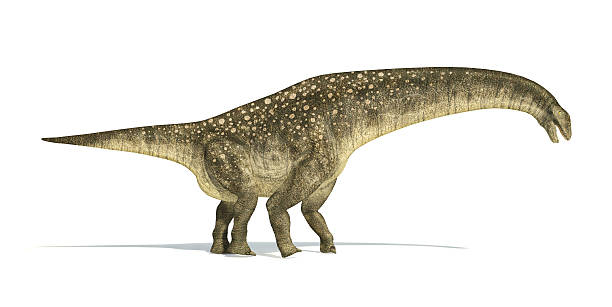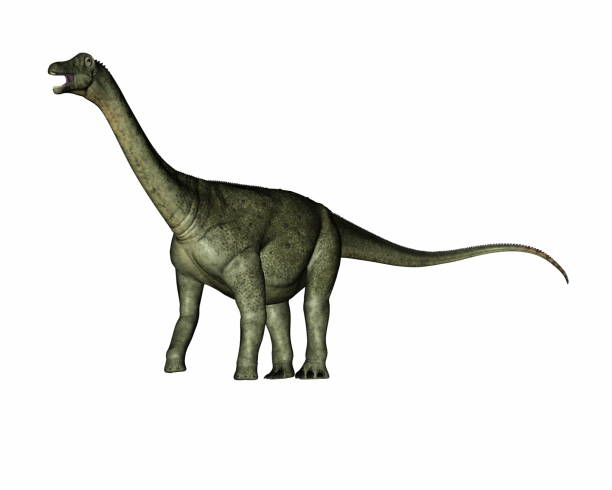Saltasaurus

Saltasaurus (meaning "lizard from Salta") is a saltasaurid dinosaur genus from Argentina's Late Cretaceous epoch. Saltasaurus was a small sauropod with a short neck and stubby limbs, however it was nevertheless hefty by contemporary standards. It was the first sauropod genus known to have armour made of bone plates buried in its skin. These microscopic bony plates, known as osteoderms, have since been discovered on additional titanosaurians. The species was first described in 1980, and it is considered small compared with other titanosaur species, measuring only 12.2 to 12.8 meters (about 40 to 42 feet) long and weighing slightly under 7 metric tons (about 7.7 tons).
Saltasaurus' teeth were cylindrical with spatulate tips. Saltasaurus has a small neck and truncated neck vertebrae. The centra of the vertebrae in the center of its tail were lengthened. Saltasaurus possessed small depressions in the vertebral lateral fossae called pleurocoels. Malawisaurus, Alamosaurus, Aeolosaurus, and Gondwanatitan all have fossae that look like shallow depressions. Venenosaurus featured depression-like fossae as well, but its pleurocoels were deeper into the vertebrae, separated into two chambers, and extended further into the vertebral columns. The spinal bone of Saltasaurus was mainly cancellous, with bigger air pockets present. The limbs were small and stubby, particularly the hands and feet. Saltasaurus' radii were more robust than Venenosaurus'. The stomach was quite large.









